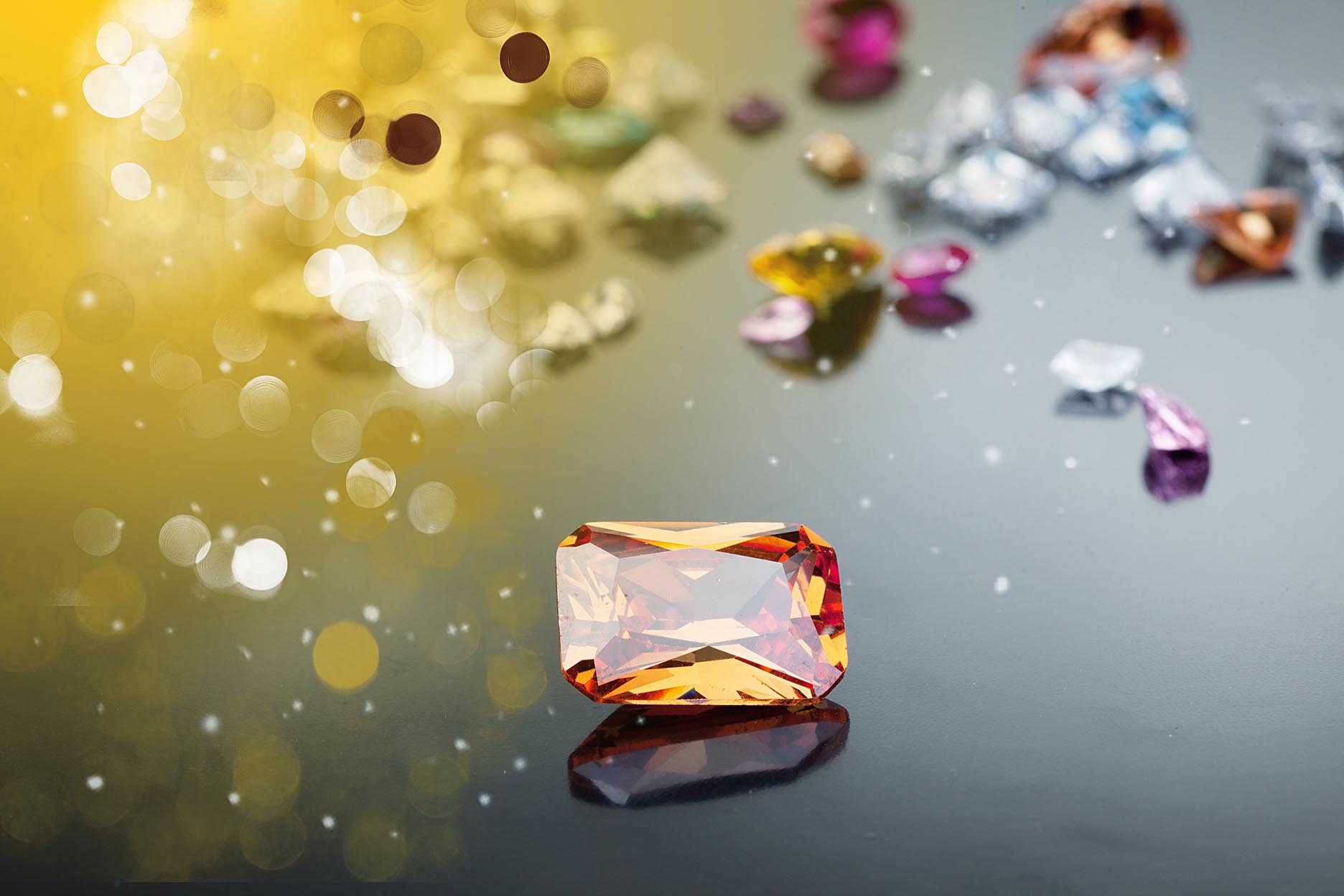
FAQ's
Whether you have questions about our jewelry, diamond and estate appraisal processes, jewelry grading, insurance, or whether you should splurge on a full jewelry appraisal, James Farrow Company strives to answer your questions.
We pride ourselves on a transparent process, allowing you to understand what we do from beginning to end. If you have any other questions, please feel free to contact us at your convenience.
By using an independent jewelry appraiser, not only will you receive personalized expertise, you will ultimately save money. While jewelry store chains offer "one day" service at events provided to consumers every few months, a large portion of your money is going toward the store itself, not toward your project.
Regardless, some clients still want a document to verify an item’s worth when all they truly seek is a verbal estimate from a qualified appraiser.
If you do not wish to insure a piece, and if estate, taxes and/or family situations are not involved (such as divorce), clients are wasting their money paying for a full blown document.
Please contact us with any questions you may have.
Take note: the insurance company’s actual loss of replacement is likely to be considerably lower than the retail replacement value stated in your appraisal. This could result in a cash settlement below the stated value. Please contact us with any questions you may have.
- Is an appraisal full coverage?
- What is the difference between scheduled coverage and unscheduled coverage?
- Is there a deductible? If so, how much? Do I have the option to increase the deductible to lower my premium?
- Is my policy all-risk (par loss, damage, disappearance)?
- Am I still covered if there is negligence or carelessness involved?
- Is the item covered if lost, stolen or damaged while in the possession of others?
- If there is a loss, do I have a choice of a full cash-out or will I have to accept less?
- Can I go to whomever I wish for replacement?
- If a loss has been replaced through the insurance company source, will I be allowed to verify proper replacement by an independent firm, or accredited appraiser?
- Are there geographical limitations to coverage?
- How much will it cost per thousand for full coverage? Is depreciation ever imposed (to what and how is it computed)?
- Am I limited to the appraised replacement cost should there be a sizable increase in value?
- If there is damage to a piece, can I replace it or will I be limited to repair?
- What if the lost item is irreplaceable, like an antique?
- Are there any security precautions required? If not, would there be a premium savings if special precautions were taken, i.e. the items were kept in a home safe or in a bank vault when not worn?
- What proof is needed to justify a claim?
- Are there different kinds of jewelry insurance?
- Are there any exclusions?
- What is the pair and set clause? Will the insurance cover an additional amount for matching a missing item in a set if it has not been computed or stated?
- What types of property are covered?
- Will you show me the actual language in the policy which addresses each concern I have addressed?
Learn more about your diamonds. Color, carat, clarity and cut, otherwise known as the 4C’s, are the universal method for assessing the quality of diamonds around the world. They serve to communicate diamond quality in a universal language, so diamond customers know exactly what they own or are about to purchase.
Color:
The amount of color in a diamond is visually estimated by comparing the diamond to other diamonds of known color using a universally accepted system for color grading. While most diamonds have a faint tinge of color, diamonds with virtually no color are considered rare, as are diamonds with vivid body colors such as blue, green and pink.
D E F – Colorless
G H I J – Near Colorless
K L M – Faint Yellow
O P Q R – Very Light Yellow
S T U V W X Y Z – Light Yellow
Carat:
The weight of a diamond is expressed in units called “carats.” One Carat (1.00) is equal to 0.200 grams.
Clarity:
The relative degree of freedom from internal and external identifying characteristics. Clarity characteristics are classified as inclusions (internal) or blemishes (external. The size, number, position, type and color or relief of these characteristics determines the clarity grade of a diamond. An experienced professional estimates the clarity grade of a diamond with the aid of ten-power magnification.
Cut:
Proportions and finish of a polished diamond. Cut also refers to the outward shape of the diamond. Proportions are the size and angle relationship between the facets and different parts of the diamond. Finish includes polish and details of facet shape and placement. Cut affects both the weight yield from rough diamonds and the optical efficiency of the polished diamond. Shape examples include marquise, round, pear, and heart. Diamonds can also be cut deep, shallow, and at the optimum level for brilliance and light dispersion.
If you have any receipts, prior competently written appraisals or independent certification (GIA, AGS, EGL) please bring it with you–but don’t show it! Although having other opinions in written form will save time, we prefer to grade your items without any undo bias.
